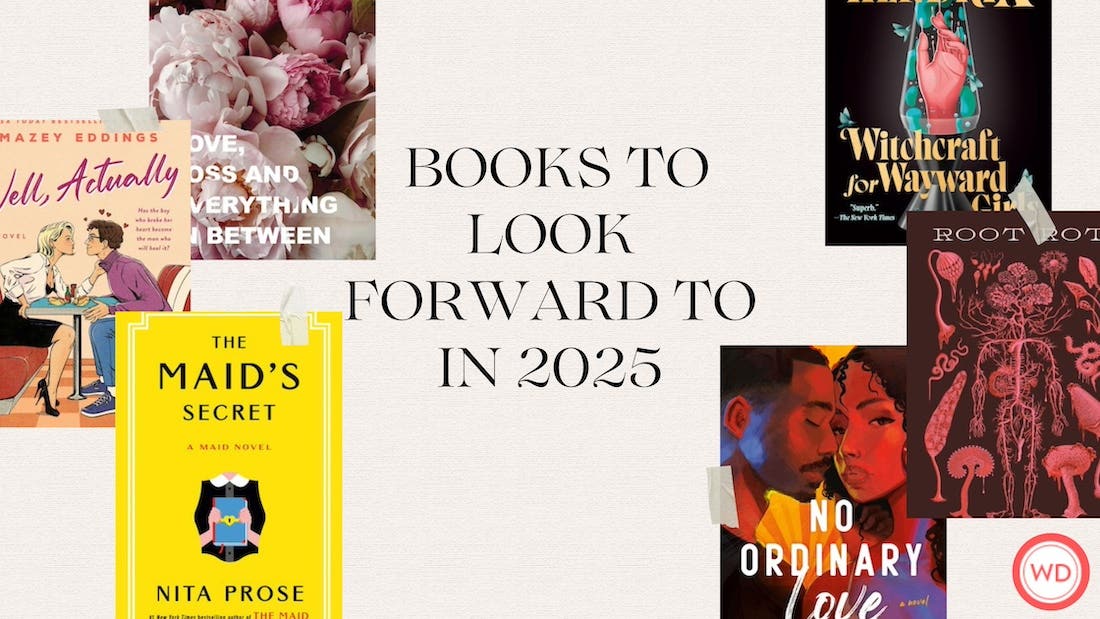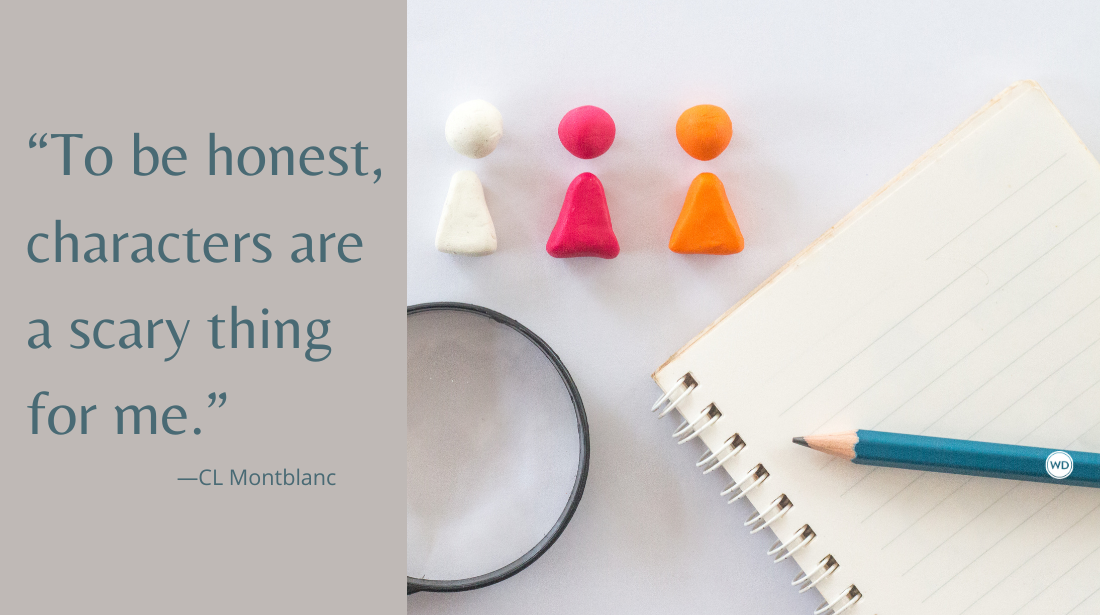5 Tips for Fast Drafting a Rom-Com
Wanting our stories to be perfect often stops us before we even start. Here, author Livy Hart shares five tips for fast drafting a rom-com.
Drafting a novel is like boarding a train; you know where you’re going and trust that you’ll get there, but not without stops and delays. Sometimes it's coffee spilled on your laptop or a needy puppy slowing you down, and other times it’s something more nefarious—a monstrous writer’s block. Regardless of the cause, it can be tough to stay on schedule when generating words out of thin air.
Accepting that first drafts are just that—first, preliminary, only to be changed and sculpted into something better—was a huge turning point in my productivity as an author. I can write more and faster when I remind myself that drafting is not my last chance to tell the whole story. Alleviating anxiety is a huge help in getting words on the page. But anxiety or not, the drafting still must get done.
With that, I’ve developed five strategies for fast drafting a project. “Fast” is in the eye of the be-drafter, but these tips below can help increase your speed and productivity no matter your goal.
1. Outline emotional beats in addition to plot points.
I love a good outline, but I’m guilty of only writing the action points.
Lady runs into ex-boyfriend in the pajama aisle at Target.
That’s all fine and good (or miserable, if you’re Lady), but when in the drafting zone, we often need more than that to stay on track. What is the character’s emotional reaction to this run-in, and how does it forward the plot?
Underneath each action point on an outline, I write the corresponding emotional beat, specifying how the character feels at the start of the scene and what emotional change they should experience by the end. This helps keep drafting speedy by preventing meandering scenes that end up requiring rewriting.
2. Skeleton draft your dialogue.
Dialogue is like a choreographed dance. Gesticulating hands, nodding heads, wandering gazes—it’s a lot to manage, especially if there are several characters to account for. I first write my dialogue without any external detail or tags so I can ensure it makes sense before I go back and add the who, what, and where of the scene.
Lady: Didn’t take you for a Target guy.
Ex-boyfriend: I’m evolving.
Lady: Clearly, since that pajama set you’re eyeing is forty-seven dollars.
This strategy helps me ensure their conversation is cohesive and gets words on the page quickly. Additionally, it has the added benefit of removing any non-verbal distractions on the page, so I can make sure I’m using the dialogue productively to tell the story. I then go back and add their looks, laughs, and body language after all the dialogue in the scene is written out.
3. Write toward your favorite moments.
There are always a few key moments I’m most excited about when I set out to write a story. A long-awaited first kiss between neighbors, a rowdy brunch scene with a feisty friend group, a funnel cake eating contest at a carnival—whatever it is, I use it as a dangling carrot and write toward that moment.
Specifically, that means allowing myself to do a bare-bones job for a few scenes with the goal of getting to the best stuff, knowing I’ll be back to edit the whole thing later so it all shines. It also means setting a timer on how long I allow myself to spend on certain chapters.
The scenes you are most excited to write are often the dynamic moments that readers remember most, so treating them like a reward often results in a special end product.
4. Create a storyboard.
I’m not one to draw out an actual storyboard, but for the sake of writing quickly, I need to have visual cues already in mind for each scene.
In my outline, in addition to specifying the action and romance beats, I add a line detailing the most important visual I want to describe in each scene—a snapshot moment. The vineyard at sunset, tangled vines and rolling hills in the distance, two people slow-dancing beneath twinkle lights on a weathered old porch. Knowing this in advance helps me position the scene in the correct location geographically so I don’t waste time writing characters walking from point A to B.
5. Bookmark where you left off in a document to avoid constant tweaking.
This tip is small but mighty. I will tweak my first chapters to Narnia and back if I can see them, so by not seeing them every time I open a file, I bypass the temptation to edit. This saves me more time than I can express, because what are writers if not word fiddlers?
Take heart, fellow fiddlers: There will be plenty of time for editing later. That’s when the real fun begins!
Romance author Livy Hart has two children, too many Funko Pops, and a husband who’s workin’ on the railroad—literally. She currently resides in Dallas, Texas, where she enjoys long walks on the concrete and people-watching at malls so big they have their own zip codes. When she’s not writing, she’s bickering with her KitchenAid stand mixer, road-tripping to her sleepy Florida hometown, or sipping espresso on her Nonna’s porch.








